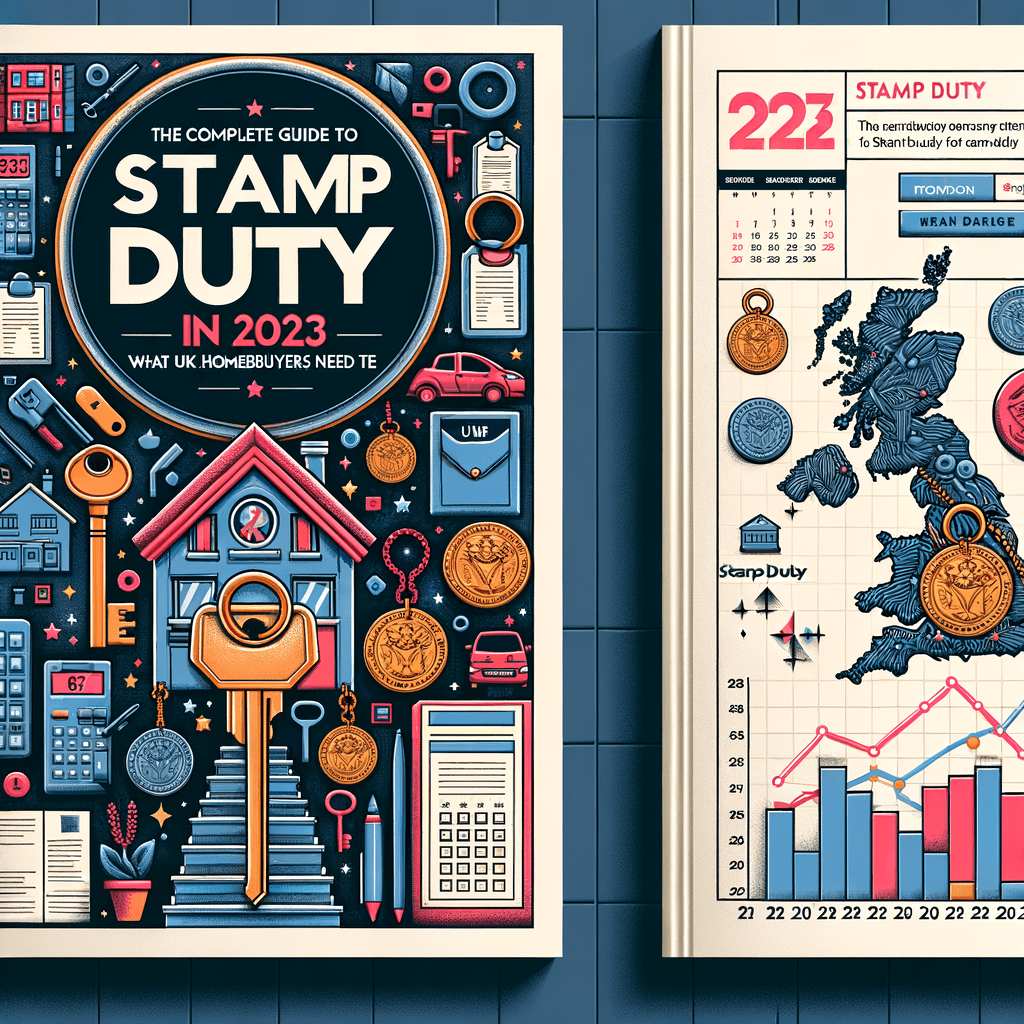The Complete Guide to Stamp Duty in 2024: What UK Homebuyers Need to Know
Understanding Stamp Duty
Stamp Duty Land Tax (SDLT) is a crucial consideration for anyone purchasing property in the UK. Introduced in 2003, SDLT is a tax levied on property transactions in England and Northern Ireland. Scotland and Wales have their own versions of this tax, known as Land and Buildings Transaction Tax (LBTT) and Land Transaction Tax (LTT), respectively. Understanding the nuances of SDLT is essential for homebuyers to budget effectively and avoid unexpected costs.
What is Stamp Duty?
Stamp Duty is a tax paid by the buyer of a property or land over a certain price in England and Northern Ireland. The tax is calculated based on the purchase price of the property, with different rates applied to different portions of the price. The rates and thresholds can vary, so it’s important to stay updated with the latest information from HM Revenue and Customs (HMRC).
Current SDLT Rates for 2024
As of 2024, the SDLT rates are structured in a tiered system. Here’s a breakdown of the current rates:
- Up to £250,000: 0%
- £250,001 to £925,000: 5%
- £925,001 to £1.5 million: 10%
- Above £1.5 million: 12%
These rates apply to residential properties. For non-residential properties and mixed-use land, different rates and thresholds apply.
First-Time Buyers Relief
First-time buyers can benefit from relief on SDLT. As of 2024, first-time buyers purchasing a property up to £425,000 are exempt from SDLT on the first £425,000. For properties priced between £425,001 and £625,000, first-time buyers pay 5% on the portion above £425,000. This relief aims to make homeownership more accessible for first-time buyers.
Additional Property Surcharge
If you’re purchasing an additional property, such as a buy-to-let or a second home, an additional 3% surcharge applies on top of the standard SDLT rates. This surcharge is applicable to the entire purchase price of the property. For example, if you’re buying a second home for £500,000, you’ll pay the standard SDLT plus an additional 3% on the entire amount.
Calculating Your SDLT Liability
Calculating your SDLT liability can seem daunting, but it’s essential for budgeting your property purchase. Here’s a step-by-step guide to help you calculate the SDLT for a residential property:
Step 1: Determine the Purchase Price
Identify the total purchase price of the property. This is the amount you’ll use to calculate your SDLT.
Step 2: Apply the SDLT Rates
Apply the SDLT rates to the relevant portions of the purchase price. For example, if you’re buying a property for £600,000, the calculation would be as follows:
- 0% on the first £250,000 = £0
- 5% on the next £675,000 (£600,000 – £250,000) = £17,500
Step 3: Add Additional Property Surcharge (if applicable)
If you’re buying an additional property, add the 3% surcharge to the entire purchase price. Using the previous example, the surcharge would be:
- 3% on £600,000 = £18,000
Step 4: Calculate the Total SDLT
Add the standard SDLT and the additional property surcharge (if applicable) to get the total SDLT liability. In our example, the total SDLT would be:
- Standard SDLT: £17,500
- Additional Property Surcharge: £18,000
- Total SDLT: £35,500
Exemptions and Reliefs
There are several exemptions and reliefs available that can reduce your SDLT liability. Understanding these can help you save money on your property purchase.
Multiple Dwellings Relief (MDR)
If you’re purchasing multiple dwellings in a single transaction, you may be eligible for Multiple Dwellings Relief (MDR). This relief allows you to calculate SDLT based on the average value of the dwellings, rather than the total purchase price. This can result in significant savings, especially for investors purchasing multiple properties.
Charities Relief
Charities purchasing property for charitable purposes may be eligible for SDLT relief. To qualify, the property must be used for charitable purposes, and the charity must meet certain criteria set by HMRC.
Right to Buy Transactions
If you’re purchasing a property under the Right to Buy scheme, you may be eligible for

